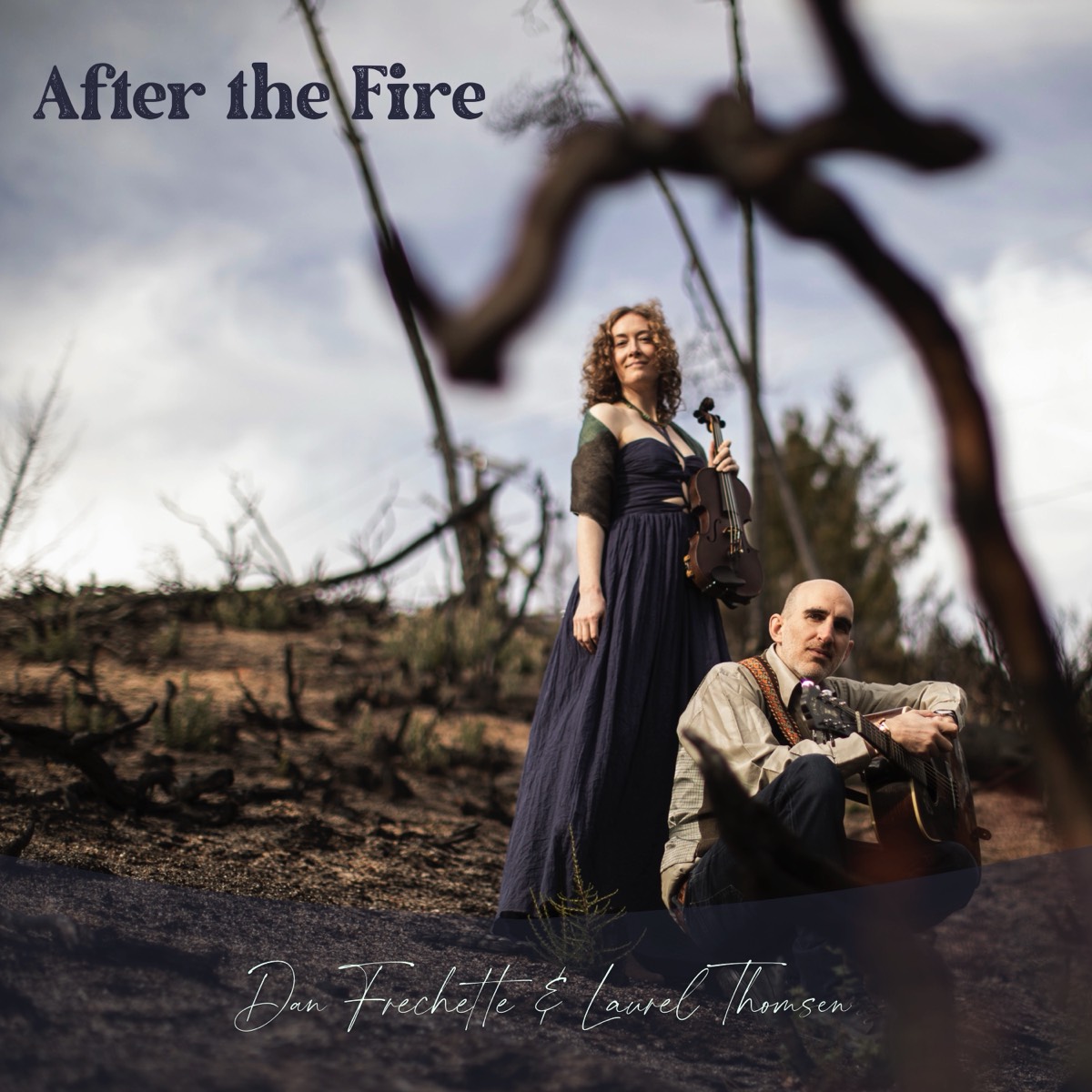While some may be unaware of this violin cousin, the viola can be a great choice for those having a hard time deciding between playing the violin or cello, or who are drawn to the lower range of the cello, but would prefer to play a smaller, more transportable instrument. Viola players are generally also in high demand in orchestras and ensembles, be them youth, amateur, or professional, and while not yet as popular in bands and for event music opportunities, like weddings, as violins, more people are starting to recognize and enjoy the viola as its own distinct voice.
While the smallest adult size viola is the same size as a 4/4 size violin (14 inch body), violas are usually bigger than violins, with typical sizes for an adult ranging from 15 inches to 17 inches. The need for a bigger resonance chamber is due to their slightly deeper pitch range; the lowest note on a viola is the C below middle C - five notes below the violin's G string.
Though violins and violas have the G, D, and A strings in common, violin music is always written in treble clef, while viola music is written in alto clef and then often also switches to treble clef as notes climb higher above the staff.
Wrapping up their most obvious differences, to pull the sound out of slightly thicker strings, viola bows are heavier than violin bows (68-73 grams vs 58-62 grams) and about a half inch shorter.
As far as playing the violin versus the viola, our technique is virtually the same, so in that respect, one could always start on one instrument and switch to the other at some point, or just play both! With the slightly bigger body size of the viola, I find that we have to be even more mindful of setting up a strong posture and a comfortable support structure (chin rest, shoulder rest if they are using one), and a balanced left hand frame that will allow us to reach and navigate between all the notes we might need to play within a position. Smaller hand sizes may also need to learn how to shift to higher positions earlier in the learning process to avoid difficult reaches. Even with a heavier bow, players may also need to also lean into the bow more. And to be noticeable and natural sounding, vibrato, the rhythmic oscillation of pitch created by a slight rocking of a finger, needs to often be wider on a viola.
Taking all that into consideration, I find the viola to be slightly more physical to play than the violin. While not often in terms of dexterity - violin repertoire is often more demanding as far as the challenges of fast notes and fancy bowings, it simply feels like it takes a bit more muscular energy to play viola. I find myself physically standing wider, and settling my arms deeper into the bow and strings to play my viola than my violin. Being a slightly bigger and heavier instrument, finding a comfortable viola size is critical (see my post here for sizing tips).
Learning to read any clef and connecting it to the notes of an instrument is the same process for any instrument. Learning to read from scratch on violin or viola is no different. But once we've mastered reading on one instrument in one clef, with these particular instruments, feeling so similar to hold and play, I find that reading the new clef tends to be the most challenging aspect of switching between the the violin and viola. It's common to start off reading the correct notes in the new clef on the new instrument, and then suddenly find the brain reverting back to reading and playing notes as if it was reading its more familiar clef on its more familiar instrument. Ack! However, once players have overcome the challenges of reading in a new position on either the violin or viola, switching instruments and reading a new clef is a similar process. Like adding new languages, it tends to happen more quickly the more we add. We've figured out all the tricks and can streamline our process.
As far as repertoire, the viola unfortunately has a lot less music written expressly for it than the violin, or even the cello, but being similar to the violin in terms of size and feel, and cello in terms of sharing the same C, G, D, A string layout, a lot of violin and cello repertoire has been transcribed for viola! Personally, I enjoy discovering new etudes and performance pieces written specifically for viola. The music tends to be written slightly more recently (last 150 years), and tends to highlight the viola sound as a unique voice rather than just a "bigger violin" or a "smaller cello."
As far as performance, in a Classical orchestra or quartet setting, violins will generally have more of a melody role, while violas will tend to play a harmony and rhythm role, toggling between playing lines similar to the second violins or to the cellos. However, while that might cause some to assume viola players can "get away with" being less accomplished than the violinists in their orchestras, that's usually not, and shouldn't be the case. With far fewer violas than violins in orchestras, each viola player has to be confident. Sure, the parts aren't often as demanding, but it's harder to hide in a viola section than in a sea of violins. And, more exposed viola solos within ensemble music do exist, and viola soloists certainly exist! However, the viola might not be the best choice for someone who really only enjoys playing the melody and more flashy parts. For people who prefer a more supportive role in group settings, the viola may be perfect.
As far as other styles of music, unfortunately it can be hard to find music written for viola. Most arrangements of tunes from pop and rock, to Jazz, movie themes, etc. are only written in treble clef, or as piano music from which we could read the treble line. So viola players will definitely also need to learn how to navigate treble clef if they want to easily find sheet music for songs in alternative styles. As for fiddle styles, tunes are also usually only written in treble clef. Even more unfortunately, fiddle music is also usually written for the string layout of a violin/fiddle, meaning viola players will have to shift to higher positions to play notes a violin can easily play in first position, or to transpose tunes down a fifth (one string down), though that new key might not work for band mates, or an octave down, which might cause us to run out of melody notes at the lower end of the instrument. At least we can be thankful we're not in the cellists in these situations, navigating all the above on an even bigger instrument with longer neck! It's not a complete deal breaker though. One of the best resources for fiddle and folk music written for viola is here.
Overall, neither instrument is harder to play or learn. Challenges will arise regardless, though if someone is having trouble deciding, different body types might have an easier or harder time with one versus the other. I would encourage a smaller person to lean toward the violin, though if they really like the sound of the viola, it's still possible to find a size that works. Similarly, a large person with large hands might feel cramped trying to move around a violin, but Itzhak Perlman and others prove that even those with bigger hands and wider fingertips can play the violin beautifully and expressively.
While some might believe that the violin is a good starting point for a child, who can then decide to play viola, almost as a specialty, later on, I don't see any reason not to start with viola, other than it can sometimes be difficult to find fractional violas - we might often just string a fractional violin as a viola. If someone is leaning towards viola, I don’t see any reason not to go for it. Even though viola jokes abound, the world would surely be a better place with more viola players in it!

